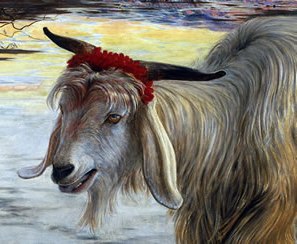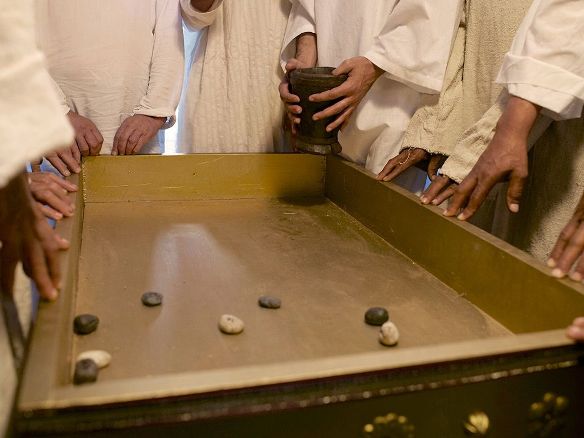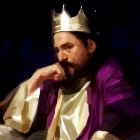Casting lots in ancient times
What was ‘casting lots’ in the Bible?
People today think they’re not superstitious – but have you ever tossed a coin to decide what you’d do, or who’d go first, or whatever? Then you’re no different to the people in the Bible – because this is pretty much what they did.

Lots: each stone and the position it fell meant something significant
Except that we do it in a more or less light-hearted way (except in football matches) whereas the ancients were in deadly earnest.
Someone respected by the community (usually a priest) would throw small objects randomly, then tell people what the pattern of the scattered objects meant. This was called ‘casting lots’.
Of course it was open to abuse, but most people in ancient times trusted the verdict completely.
Casting lots could be done either in a religious ritual or in ordinary daily life. Proverbs 18:18 says ‘The lot puts an end to disputes and decides between powerful contenders.’
How was it done?
The decision could be sought either

Joshua and the leaders of the Hebrew tribes cast lots to see what part of the Promised Land their people would get
- by casting the lots and drawing a conclusion from the way they fell, or
- by shaking the lots in a closed container and picking one out at random.
The result was regarded as the will of God, by the Jews as much as the other peoples of antiquity.
The Old Testament records several instances of lots being drawn to decide who was responsible for God’s anger:
- the argument between Saul and Jonathan (I Samuel 14:38-45). Should Saul attack the army that included his rebellious son Jonathan, or not? He could not make the awful decision, and he wanted God, or Fate, to make it up for him. Poor tormented Saul – see his story at Tragic King Saul
- the story of Jonah (1:7);
 the sailors in the terrible storm cast lots to see who among them has angered God and therefore caused the storm. The lots point to the unfortunate Jonah. The sailors are reluctant, but Jonah orders them to throw him into the sea, and so save themselves – which they do.
the sailors in the terrible storm cast lots to see who among them has angered God and therefore caused the storm. The lots point to the unfortunate Jonah. The sailors are reluctant, but Jonah orders them to throw him into the sea, and so save themselves – which they do. - the choice of the scapegoat on the Day of Atonement
- land allocation among the Twelve Tribes of Israel – who gets what (see below)
- the savage use of lots in the story of Queen Esther
Nothing is said as to the procedure followed in casting the lots.
In ancient times, the lots could be small sticks or animal bones, stones, arrows or ropes.
You could also obtain an oracle (sacred advice) from the ‘ephod’ and Urim and Thumim mentioned in the Bible – but no-one is quite sure what these actually were.
Scapegoats on the Day of Atonement
 On the Day of Atonement, the High Priest would draw lots to decide which of the two scapegoats was to be sacrificed and which was to be turned out into the wilderness.
On the Day of Atonement, the High Priest would draw lots to decide which of the two scapegoats was to be sacrificed and which was to be turned out into the wilderness.
Land allocation for the Ten Tribes
When the Hebrews first arrivied in the Promised Land it was divided by lot among the Israelite tribes and their clans. There are also many references to distributing the booty taken from a defeated enemy by lot.
Joshua and the leaders of the Hebrew tribes cast lots to see what part of the Promised Land each tribe will get.
Esther, Haman cast lots
In the story of Esther, Haman drew lots to decide the exact day on which the Jews should be exterminated (Esther 3 :7) and in this case the method used is suggested by the term ‘pur‘ used for the lots cast – hence the Feast of Purim.

Casting lots, courtesy of freebibleimages.org
Search Box
![]()
© Copyright 2006
Elizabeth Fletcher






